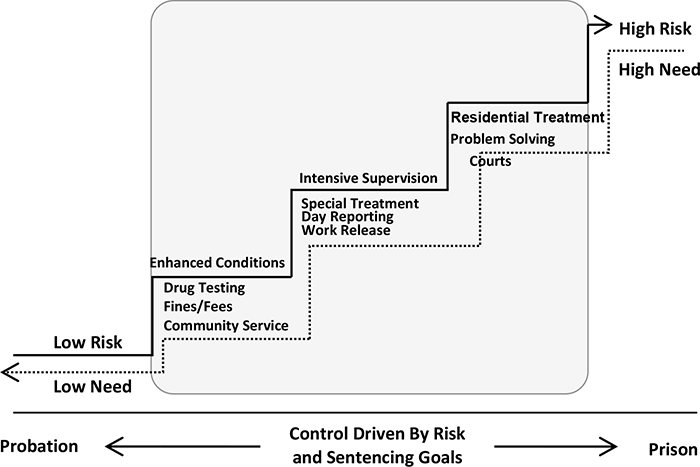Reasons behind Alternatives to Juvenile Detention
The current youth incarceration and detention methodology of the United States are very unproductive, expensive, and can extremely harm the youngsters (McCarthy, Schiraldi & Shark, 2016). A plethora of studies suggesting that the country and/or states should find the alternatives to juvenile detention and adopt different approaches which we will concisely discuss in this research essay. First and foremost need for alternatives is overcrowding in confinement and detention centers over the past two decades. Harms (2003) finds that the detention cases amplified by eleven percent between 1990 and 2000. In terms of facility management, these crowding effect can seriously damage the circumstances. As well, crowded situations have some inherent problems like logistical issues, rise to violence, sleeping and education facilities issues. Another subject that is highly sensitive and widely discussed during the last couple of years is sexual or physical abuse in these juvenile detention centers. What is more, unproven effectiveness of detention is another need for detention alternatives because youth spend time there keep them away from negative activities but also widen the gap with families, which significantly affect the youth behaviors.
Incarceration Alternatives
Plenty of incarceration and detention alternatives are suggested in the literature by researchers. For a large number of offending youth, community-based programs provide the best cost-effective solutions. An effective community-based program is house arrest or home confinement, which restricts the juveniles from negative activities. Another convenient feature of this alternative is that the offenders can work or attend the school and fulfill other essential everyday jobs but monitored closely by the authority. A renowned example of this system is the electronic monitoring program practiced in Florida in which offenders wear bracelet tracker. Secondly, an evening reporting center is also a community-based substitute but nonresidential and highly structured, which offer rigorous care to juvenile offenders. AMIkids is a special example of this alternative. Likewise, another alternative option is to shelter care, which provides short term non-secure housing care outside the family. This is designed for the youngsters who need settlement because no household can arrange their house. As far as long term alternative facilities are concerned, the group home community-based program is best where offenders are allowed to stay connected with the community. Methodist Home for Children’s Value-Based Therapeutic Environment (VBTE) is a good example of this option. Specialized foster care program and Intensive supervision programs also good options due to their cost-effectiveness.
Alternatives to Incarceration
Societal and Individual Benefits of Imposing Sanctions
The imposition of punishment or sanctions that do not involve eliminating criminal from their families is recognized as a good initiative towards the right track. Individual treatment deals with every perspective of human life which includes social, familial, developmental, emotional, psychological, physical and cultural factors. This type of sentence can be hard because if the juvenile is using illicit drugs, then they will be assisted for this issue too. I am a great supporter of commanding punishments that do not include removing family because I think the change will only happen only if parents get involved in the children life.
References
Cox, S. M., Kochol, P., & Hedlund, J. (2018). The exploration of risk and protective score differences across juvenile offending career types and their effects on recidivism. Youth violence and juvenile justice, 16(1), 77-96.
Harms, P. (2003). Detention in delinquency cases, 1990-1999. Washington, DC: US Department of Justice, Office of Justice Programs, Office of Juvenile Justice and Delinquency Prevention.
McCarthy, P., Schiraldi, V., & Shark, M. (2016). The future of youth justice: A community-based alternative to the youth prison model. US Department of Justice, Office of Justice Programs, National Institute of Justice.






